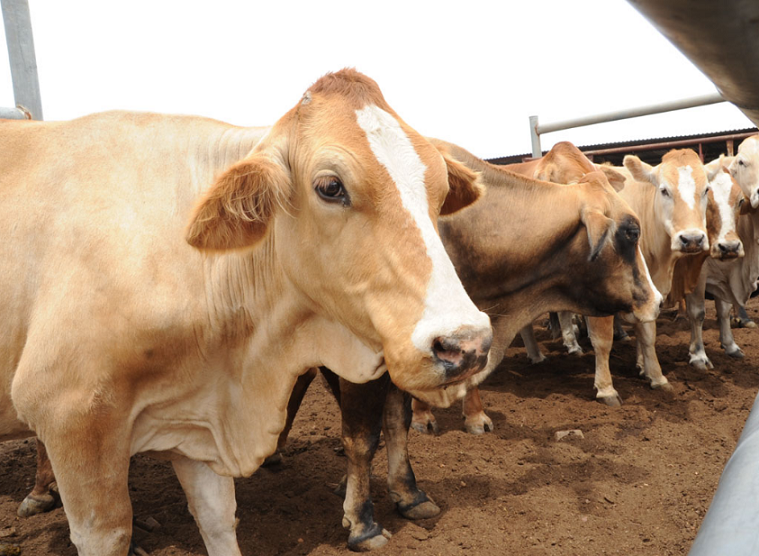
Kenya issues alert on foot and mouth disease outbreak
 On Wedensday, Kenya issued an alert on mouth and foot disease across the country to help curb its spread.
On Wedensday, Kenya issued an alert on mouth and foot disease across the country to help curb its spread.
Obadiah Nyaga, the director of Veterinary Services in the Ministry of Agriculture, urged Kenyans to report the outbreak of the contagious viral infection immediately to the nearest veterinary office for action.
Twenty-six counties reported outbreaks, with Nakuru recording the highest number of sick animals, followed by Kiambu, Garissa and Uasin Gishu.
Nyaga directed all livestock traders to obtain a livestock permit from the local veterinary offices before moving their animals.
Nyaga noted that the presence of the disease hinders local and international trade and movement of livestock. He however blamed the recent outbreak on uncontrolled livestock movements due to drought, cattle rustling and roadside grazing.
“Very low vaccination converges has left majority of livestock susceptible to disease given that there is 60 million cattle, sheep and goats that require attention,” he added.
He revealed that they are worried that some of the outbreaks are linked to an apparent new variant of serotype “O” that has not been detected in the country but is in circulation in neighboring countries.
“The current vaccine appears to be unproductive but we are upgrading the vaccine to match all serotypes in circulation,” he added.
Nyaga said the government has in the meantime embarked on promoting production of vaccines that offer longer immunity like the recently launched oil based vaccines to ease logistics of vaccinations.
He said the government has also issued guidelines for control measures to be undertaken by the county governments in their efforts to effectively control the disease.
He directed farmers to disinfect contact materials and equipment and dispose infected carcasses or materials hygienically.
Mouth and foot disease is a viral and contagious infection that affects cloven-footed domestic animals like cattle, sheep, camels and pigs. It is characterized by sores and wounds in the mouth and feet causing salivation and lameness that results into heavy losses in milk production, body condition and death especially in young livestock.
The disease does not have a cure but sick livestock are managed through good feeding and care and treatment of wounds.






